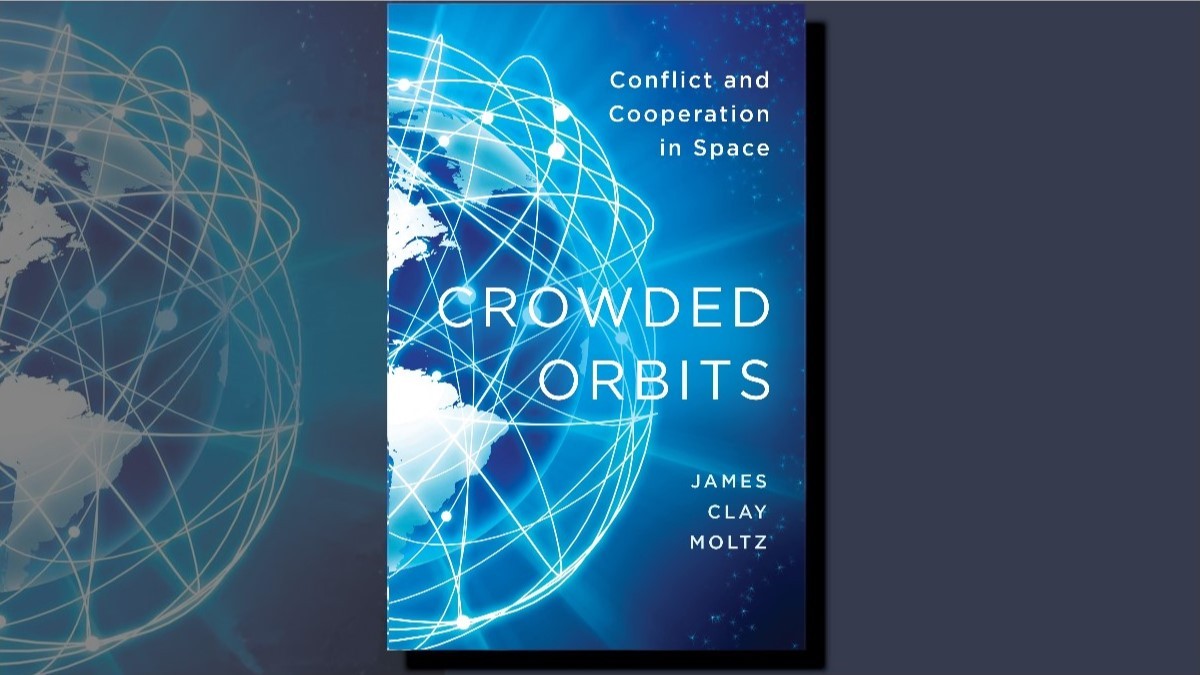Urban Warfare Capability: A Call for Professional Debate
Contemporary Western armies are capable of operating in urban areas but few field capabilities for urban combat. This is perplexing. Fighting amongst populations and structures presents well-documented, distinct military and political challenges. Demographic, social and rapid technical changes are increasing both the likelihood of urban combat and the severity of these challenges.
The most pressing challenge is perhaps unprecedented geo-political sensitivity to suffering own and inflicting civilian casualties: exacerbated in an interconnected world where media effects operate in real time. Images of desecrated American bodies triggered the first battle of Fallujah in 2004; and Al-Jazeera footage of resulting civilian casualties so incensed Iraqi politicians that operations had to be prematurely halted. Such collateral damage is not just foreseeable, but currently inevitable if a force is required to dislodge a determined and prepared urban defender from populated terrain. As history tells us and the battles in Mosul and Marawi confirm, there is only one proven option for progress with existing capabilities: firepower. This suggests a brutal political dilemma of balancing own troop casualties versus civilian ones.
This dilemma appears to be acute for the Australian Army. If called to deploy, it only has modest infantry numbers, and is likely to be constrained by casualty sensitivity. These factors suggest an early default to firepower if deployed to fight for urban terrain. Yet the evidence from cases of the ADF inflicting civilian casualties in comparable circumstances, such as the killing of five children in February 2009 in Afghanistan, suggests that public and political expectations might deny this – at least prior to a significant number of own casualties. A key question is whether Army can currently offer Government politically palatable options in urban scenarios – and does this now matter? Australia has managed to avoid deploying conventional ‘boots on the ground’ to Coalition urban operations, but in a future crisis the current US Administration might be less accommodating. Furthermore, Land Forces relevant to Regional missions must be able to operate in the urban littoral. Is new capability required?
Capability that mitigates the political and military risk of urban operations exists. Proven tools include highly protected engineering platforms, special breaching munitions, screening and obscurant methods as well as tele-operated breaching and reconnaissance systems. AI and robotics are enabling increasingly agile and durable ground platforms that reduce risk to humans still further. Arming such platforms would accelerate this. Effective domination of a significant urban area using tele-operated platforms and deploying only a few soldiers is now technically feasible. Specialised capability would not only address the urban vulnerability of the current force but might represent a valuable niche asset to be deployed in a coalition context. Nevertheless, such capability would consume resources from other areas: is this warranted?
There is need for a debate about these urban challenges. The AARC seeks views about what a capability for urban operations could or should be, to what degree it is needed and whether it should be integral to formations or a ‘bolt on’? The AARC is planning to publish a Special Edition of papers on Urban Warfare early in 2019 and invites your contribution. You might focus on problems such as protecting dismounted urban movement or reducing civilian casualties, or you might consider new concepts for the fight itself. We are very interested in receiving ‘futures’ papers that pose scenarios and explore ‘unknown unknowns’. Blog pieces, papers - all kinds of contributions are welcome.
The views expressed in this article and subsequent comments are those of the author(s) and do not necessarily reflect the official policy or position of the Australian Army, the Department of Defence or the Australian Government.
Using the Contribute page you can either submit an article in response to this or register/login to make comments.




